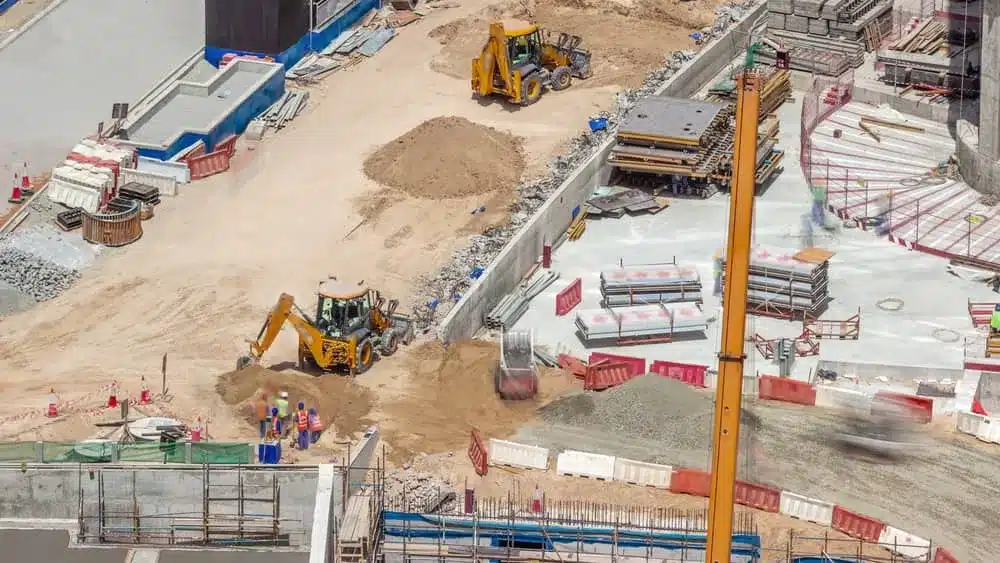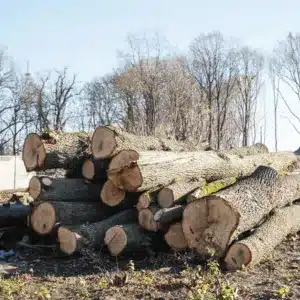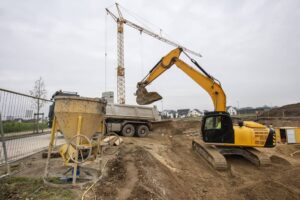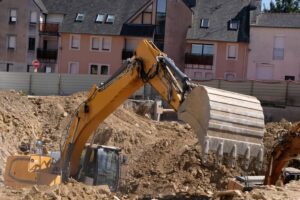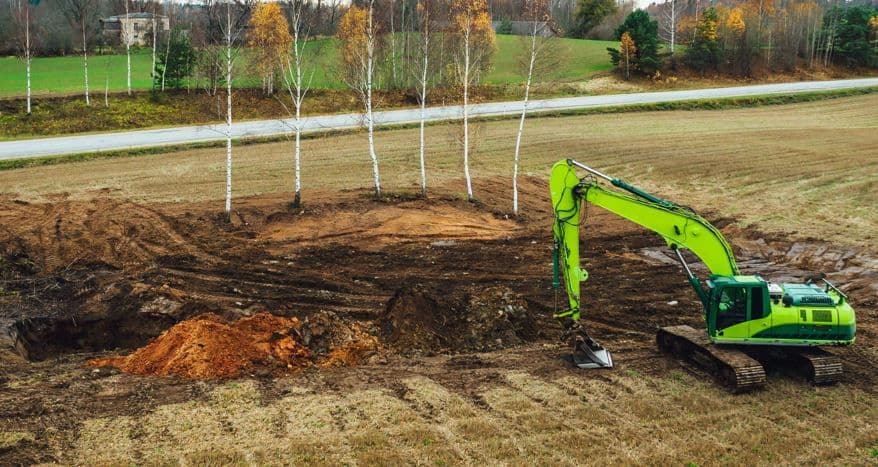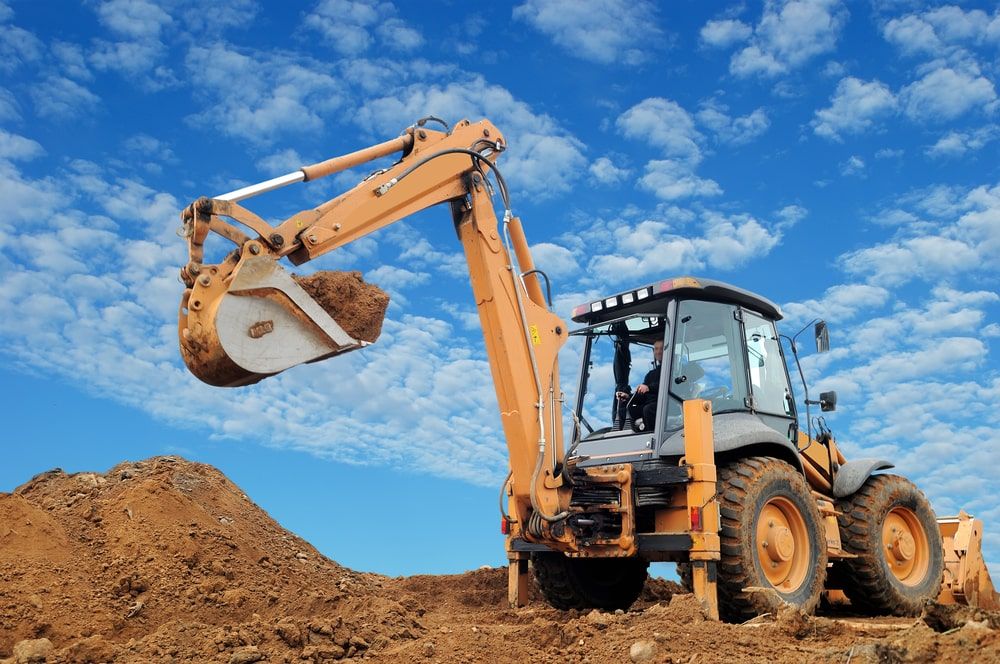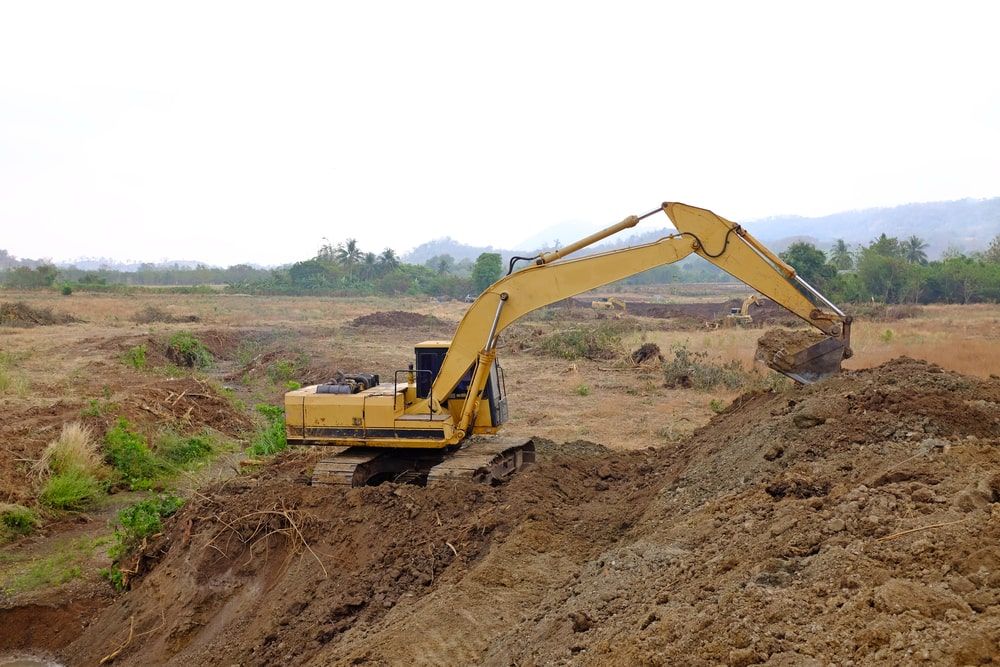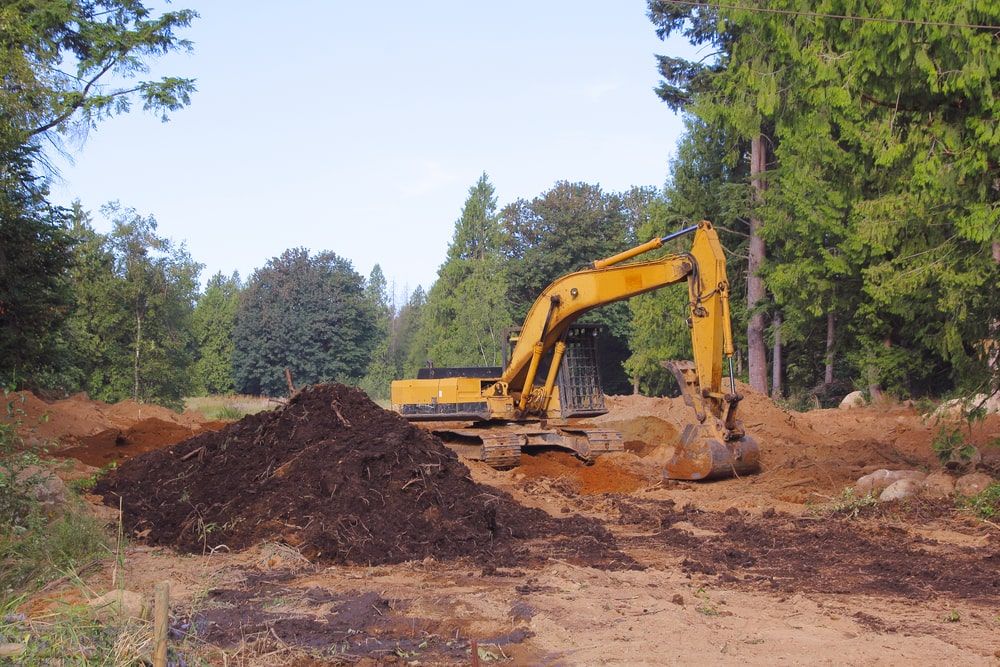Your driveway does more than park cars. It shapes your home’s first impression and affects property value. The right choice boosts curb appeal while handling Texas weather and daily use.
From budget-friendly gravel to premium pavers, each driveway type brings unique benefits and challenges. Understanding these differences helps you pick the best option for your needs, budget, and climate.
Gravel Driveways: Budget-Friendly and Practical

Gravel driveways offer the most affordable entry point for homeowners. Made from crushed stone spread over prepared ground, they cost just $1 to $3 per square foot.
The main appeal is low upfront cost and easy DIY installation. Water drains naturally through gaps between stones, preventing puddles and runoff. In Texas heat, gravel won’t crack like solid surfaces might.
However, gravel driveways need regular upkeep. Stones shift with traffic and weather. You’ll rake and add fresh material several times yearly. Without proper edging, heavy rain washes gravel away.
Dust becomes an issue in dry spells. Weeds sprout between stones without barriers. For rural properties or tight budgets, gravel works well. Just plan for ongoing maintenance.
Asphalt Driveways: Smooth and Flexible
Asphalt driveways balance cost and performance at $7 to $13 per square foot. The smooth black surface handles Texas temperature swings better than rigid driveway materials.
Installation happens quickly. Most driveways cure within 24 hours. The flexible surface adapts to minor ground movement without cracking. Regular sealcoating every 3-5 years keeps it waterproof and extends life to 20-30 years.
The dark color absorbs heat, which helps in cold climates but creates scorching surfaces in Texas summers. Heavy vehicles can leave ruts on extremely hot days. Skipping maintenance leads to gray, brittle pavement that fails early.
Despite these concerns, asphalt driveways remain popular across Texas for their durability and moderate price.
Concrete Driveways: Strong and Long-Lasting

Concrete driveways cost $4 to $15 per square foot but deliver exceptional strength. A properly poured slab lasts 30+ years with minimal upkeep.
The light gray surface stays cooler than black asphalt. Concrete handles heavy vehicles without flexing. Various finishes create textured or decorative looks beyond basic gray.
Rigidity creates vulnerability to cracking. Texas clay soil and temperature swings demand proper installation with control joints and reinforcement. Poor drainage can undermine the base over time.
For heavy-duty use and low maintenance, concrete driveways excel. Quality installation prevents most problems.
Paver Driveways: Premium Style and Flexibility
Paver driveways use individual units – concrete, brick, or stone – laid over compacted bases. Costs range from $10 to $30+ per square foot depending on materials.
The segmented design resists cracking better than solid slabs. Individual pavers can be replaced if damaged. Design options are endless – herringbone patterns, mixed colors, custom borders.
Brick driveways add classic elegance with rich colors and traditional appeal. Stone driveways using granite or flagstone create luxury looks that last generations.
High upfront costs make pavers the premium choice. Installation takes longer due to hand-laid placement. Occasional sand replacement in joints maintains proper interlock.
For maximum driveway aesthetics and long-term value, paver driveways lead the market.
Resin Driveways: Modern and Sustainable
Resin driveways mix decorative aggregate with clear binding resin. This newer option costs $11 to $17 per square foot installed.
The permeable surface allows water to drain through, reducing runoff and flooding. Various aggregate colors create custom looks. UV-stable formulas resist fading in bright sun.
Professional installation is required. Lower-quality resins can soften in extreme heat. Surfaces may become slippery when wet or if algae grows.
As eco-friendly options gain popularity, resin driveways appeal to environmentally conscious homeowners seeking both style and sustainability.
Stone Driveways: Natural Beauty and Durability
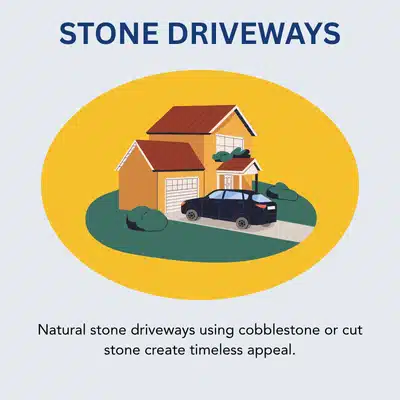
Natural stone driveways using cobblestone or cut stone create timeless appeal. While expensive, they handle traffic for decades with proper installation.
The irregular surfaces provide excellent traction. Stone withstands freeze-thaw cycles and heavy loads. Colors and textures vary naturally for unique looks.
High material and labor costs put stone at the premium end. Installation requires skilled craftsmen. Some stones can be slippery when wet.
Choosing the Right Option
Your ideal driveway depends on several factors. Budget affects material choices significantly. Maintenance tolerance varies among homeowners. Local soil conditions influence performance.
Consider driveway traffic levels. Heavy trucks need stronger surfaces than passenger cars. Climate impacts material selection – Texas heat favors flexible or light-colored options.
The installation process varies by material. Simple gravel spreads quickly while intricate pavers take weeks. Professional installation ensures proper performance regardless of material choice.
Think about environmental impact. Permeable surfaces help manage stormwater. Recycled materials reduce resource consumption. Local stone cuts transportation emissions.
Review the pros and cons of each driveway type against your specific needs. Factor in both upfront driveway costs and long-term expenses.
Making Your Decision
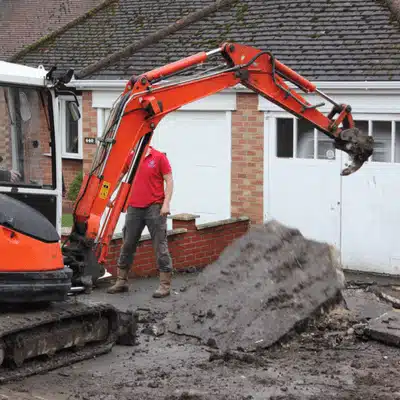
Every driveway material serves different priorities. Gravel driveways suit rural properties and tight budgets. Asphalt and concrete driveways balance cost with durability. Premium options like pavers create stunning driveway designs.
Consider hybrid approaches – concrete main drives with paver accents, or gravel extensions off paved areas. These combinations optimize both budget and appearance.
Quality driveway installation matters more than material choice. Proper base preparation and professional workmanship ensure long-term performance. Shortcuts during construction cause premature failure regardless of surface type.
Start by defining your priorities. List must-have features versus nice-to-have options. Get quotes from local contractors familiar with Texas conditions. Compare total costs including maintenance over 20+ years.
Your driveway represents a significant investment in your property. Choose wisely based on research, not just initial price. The right driveway surfaces will serve your family for decades while enhancing your home’s value and appearance.
Ready to upgrade your driveway? Contact local contractors for detailed quotes on driveway options that match your needs and budget. A quality driveway installation will reward you with years of reliable service and improved property value.

